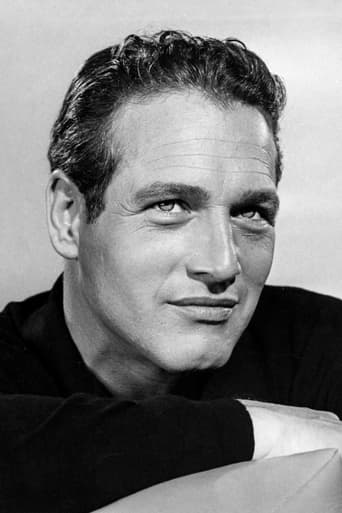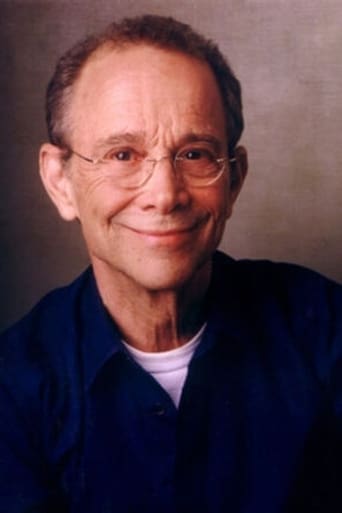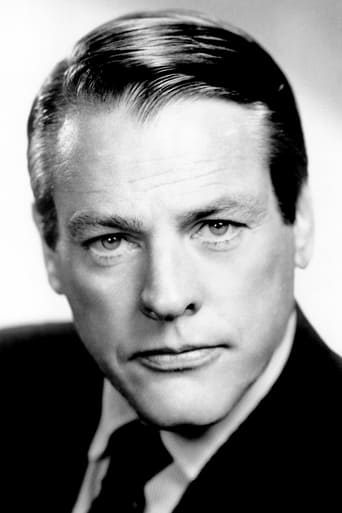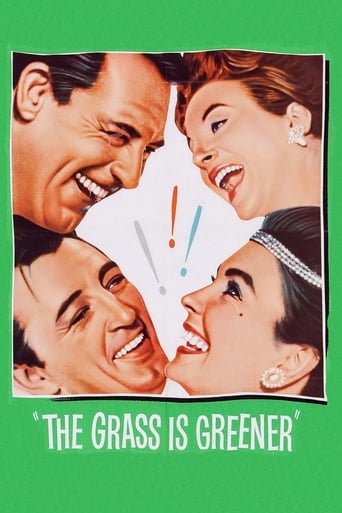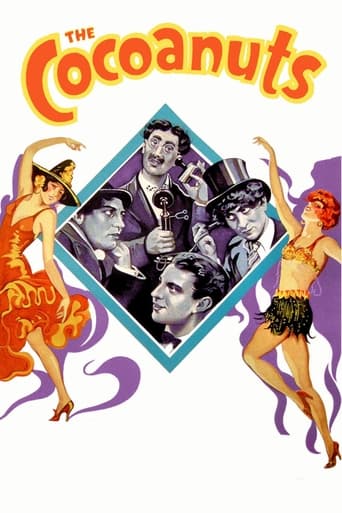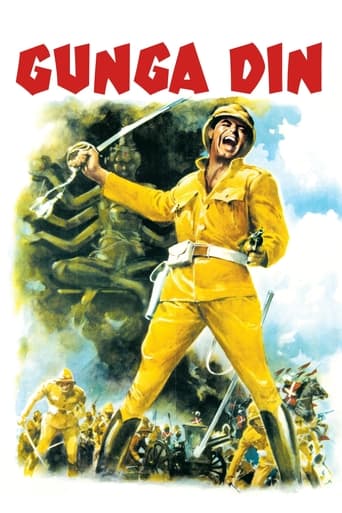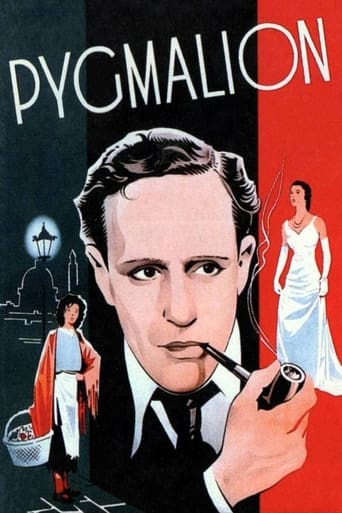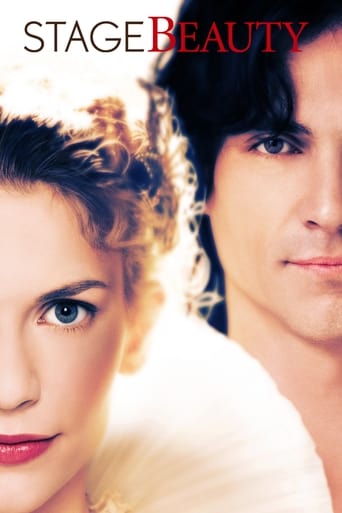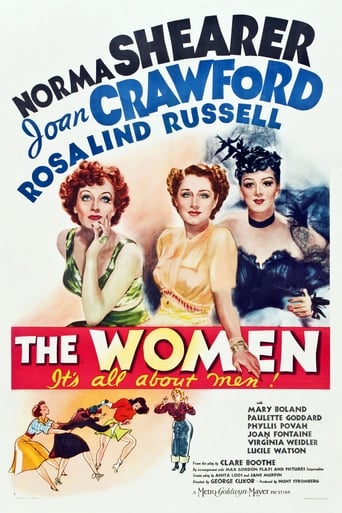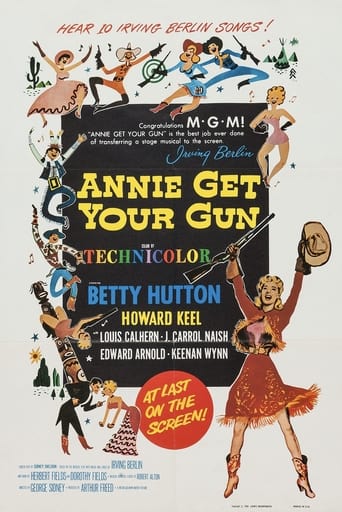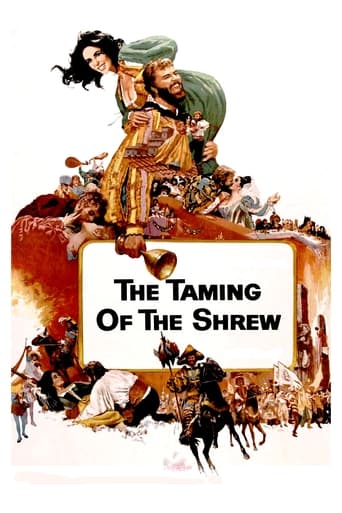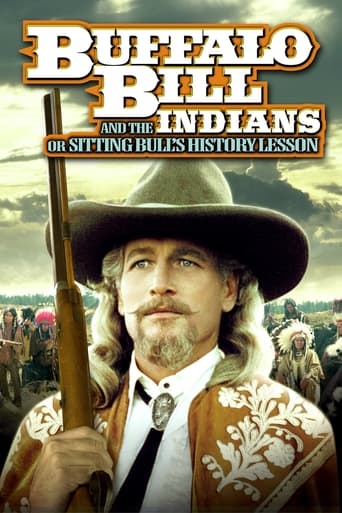
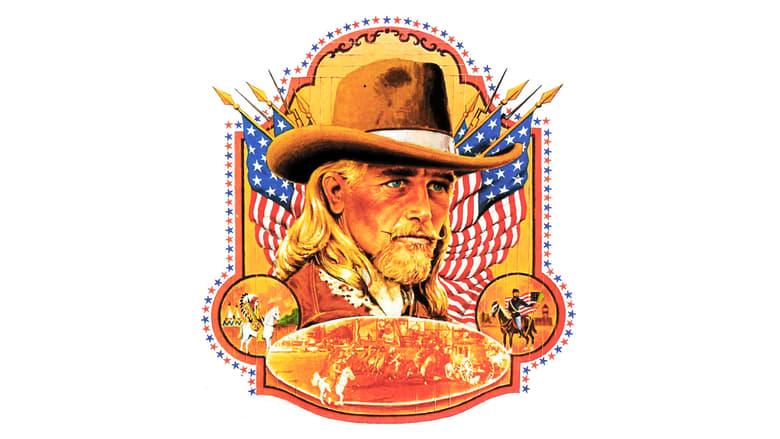
Buffalo Bill and the Indians, or Sitting Bull's History Lesson (1976)
Buffalo Bill plans to put on his own Wild West sideshow, and Chief Sitting Bull has agreed to appear in it. However, Sitting Bull has his own hidden agenda, involving the President and General Custer.
Watch Trailer
Cast


Similar titles
Reviews
Sub-titled "Sitting Bull's History Lesson" or "Buffalo Bill Debunked" – not that he needs much debunking if we remember that Frank Morgan was originally set to play the role in Annie Get Your Gun. Morgan would have brought the role just the right touch of Bunkum and Bailey. On the other hand, Paul Newman's performance is somewhat labored, although he does manage to put over a few amusing lines and is surrounded by a first-rate support cast including the diminutive Joel Grey as a fussy ringmaster, plus the heavily disguised Kevin McCarthy, plus Geraldine Chaplin in a smaller part as Annie Oakley and John Considine in the Howard Keel role, plus most especially Pat McCormick as Grover Cleveland and Frank Kaquitts as Sitting Bull. But let's not be too particular about historical accuracy. Let's just sit back and enjoy the movie. Admittedly, the screenplay poses dramatic questions that are not answered (what was Sitting Bull's "simple request"?). Nevertheless, the long episode involving President Cleveland's visit is the most entertaining in the movie. In this film, the recreation of the mise-en-scene is what counts, such as the Buffalo Bill show with its fascinating behind-the-scenes glimpses and the off-stage characterizations with players like Harvey Keitel and Joel Grey milling around. Also, of course, the off-stage drama furnished by the enigmatic Sitting Bull. I enjoyed the film, but I can well understand its woeful reception at the box office and its mauling by the professional critics. It's certainly not your usual escapist cup of tea. Technical credits – photography, music, costumes, sets are A-1 – and the movie is very cleverly edited by Peter Appleton and Denny Hill.
Robert Altman made great films, such as Nashville, The Player, and McCabe and Mrs. Miller. What defined these movies was a great and engaging script that kept the audience involved for the entire film. Such is not the case with Buffalo Bill And The Indians. It as if Altman was in too much of a rush to make this film, because he wanted to make a statement about Native American history. There were a lot of interesting bit roles in this film, but these characters were never developed very well. I felt robbed that not much time was devoted to explaining them a little more. Altman assumed that the audience understood that it was 1885 and the Wild West was now "tamed". That was clear, but still I feel that the film would have been much stronger if it began with a flashback to nine years before, explaining where each of these characters were at the time. That way we would have had more understanding for the points Altman was making. For example, it is hard to believe that the great actor from the Heche days, Burt Lancaster, was reduced to this engaging and enigmatic role, who waxing philosophically, but we have no idea who he is and how he relates to Buffalo Bill. This is the downside of this film. The script seems winding. There is a lot of dull time where one is just yawning and wondering when this movie will start going somewhere. Is that part of the point of the film? Altman never makes it clear. It is quite possible the point was that this town in the prairie had basically become filled with bored, opportunistic townies who sought significance even if it was tormenting someone by hanging him up on a rope and swinging him like a baby. In many ways this movie was uneven. For example, the ideas were brilliant. The idea was that Buffalo Bill was no longer the man he once was, but now just a money grubbing tool who made up myths and tales about his exploits. Buffalo Bill must have been a very handsome and engaging man in real life. He may well have been a great actor and promoter. You could not help like Buffalo Bill, and Paul Newman plays him brilliantly. Bill was also very childish, probably an alcoholic, who used to have infantile temper tantrums. The racial arrogance was also very clear. Buffalo Bill was very happy to exploit the myth that Native Americans were just 'savages who brutalized women'. It was a terrible moment when Sitting Bull tried to speak with President Cleveland and was rebuffed and treated with contempt. I also loved the ending. Buffalo Bill had this mad and crazed look, like now he was the great hero he never was. He now was beating and defeating Sitting Bull, which was a complete fabrication of history to promote white man's ego. I also loved how President Cleveland was just another part of the opportunism to seek significance from Buffalo Bill's mythology about how the West was really "tamed". Although he was "the Great White Father", he was mainly about finding a way to win re-election and defeat his opponents. There was another beautiful moment, where a woman sang an opera song, and the camera showed the various reactions of members of the audience. It was hard to determine whether they were awed by the beauty of her voice or bored. And that was a confusing moment for me, too. I did not quite get it. The whole movie was afraid to really state what it really wanted to state. There were great moments, but not enough to engage the audience and win it over.
I'll have to dig into the true story of Buffalo Bill Cody, as this revisionist Western paints a decidedly one sided view of the pioneer legend, with no redeeming qualities that I can remember from the picture at all. His condescending demeanor is illustrated by the assignment of a 'colored' stand-in for Chief Sitting Bull, and the shoot 'em up contempt he has for an unfortunate canary. To his credit, Paul Newman does an exemplary job of pulling off that portrayal, but there must have been some good qualities Cody might have had, though they weren't on display here.Will Sampson has always been a personal favorite, and I was blind sided as I'm sure most viewers were when it's revealed he wasn't Sitting Bull. I'm curious now how one time actor Frank Kaquitts managed to land his only screen role as the legendary Chief of the Hunkpapa Sioux. The disappointment for me came at the end of the picture when Sampson reprised the role of Sitting Bull for the Wild West finale, surrendering any integrity he might have had as spokesman for the Chief.What I liked about the story was how Buffalo Bill kept being put in his place by circumstances beyond his control, even when surrounded by an army of yes men. You would think he'd have been a more principled individual, but it appeared that every decision was based on promoting the gate. In that regard, probably the most interesting aspect about the movie is it's take on the beginnings of 'the show business', as Bill and his partner (Joel Grey) liked to call it. Can you picture 'Entertainment Tonight' back in the late 1800's paying tribute to Pahaska Long Hair and Annie Oakley as the celebrities of their day? Who knows how big their legends might have been if Al Gore had invented the internet a hundred years sooner.
My title quote is something that Paul Newman remarks as Buffalo Bill when he decides he's going to camp out one night and forgo the pleasures of bed and the ladies who clamored to inhabit his. William F. Cody certainly had his share of what we'd now consider groupies, but on that night he felt a need to get back to his roots.The reason why Buffalo Bill sustained an enduring popularity was because he really did have a background that was colorful and exciting. He was a kid raised in Nebraska frontier territory who ran away to escape hard times and was one of the young riders for the short lived and legendary pony express. He had real exploits in that, as a buffalo hunter (hence the name)and an army scout. He won the Congressional Medal of Honor and did kill Cheyenne Chief Yellow Hand in single combat. But a lot of people in those days could have shown similar resumes. What set Cody apart was his discovery by Ned Buntline who wrote those dime novels who created all the mythology around him. Buntline was in need of a new hero, his previous literary Parsifal Wild Bill Hickok had fallen out with him. Buntline later wrote about Wyatt Earp, Jesse James, Billy the Kid, just about every colorful character our old west produced. His dime novels for better or worse created the characters.The greatest weakness in the film is Burt Lancaster's portrayal of Buntline. Not taking anything away from Lancaster because I'm sure he was taking direction and working within the parameters of the script and the original Broadway play Indians upon which Buffalo Bill and the Indians is based. But Lancaster plays it like the elderly Robert Stroud. The real Buntline was more like Elmer Gantry.Paul Newman as Cody however gives one of the best interpretations of Buffalo Bill seen on film. He's a man trapped in his own legend, but he's smart enough to know what's real and what's phony in his world, including himself. He knows behind all the ballyhoo and hoopla of his Wild West Show, there's a man who did not always know ease and comfort.The original play Indians ran for 96 performances on Broadway and starred Stacy Keach as Cody. It was far more involved and had Hickok, Billy the Kid, and Jesse James as characters. Author Arthur Koppit trimmed it down so it had more coherency for the screen.As we know from Annie Get Your Gun, Sitting Bull was briefly part of Cody's Wild West Show. But here the attention is focused on Frank Kaquitts who in his one and only film plays an impassive Sitting Bull, who's doing Cody's show to gain food and supply from the government for his people. In fact Cody now the total show business creation is more impressed with Will Sampson who's well over six feet tall and is better typecast as the savage Indian. There's nothing terribly savage about either of them now.Look for good performances from Geraldine Chaplin as Annie Oakley who in real life as well as in Annie Get Your Gun befriended Sitting Bull and from Joel Grey as Nate Salisbury, Cody's business partner and Kevin McCarthy as John Burke, the publicist for the Wild West Show. They continued what Buntline started in creating the Buffalo Bill mythology.Buffalo Bill and the Indians is not the best film of Robert Altman or Paul Newman. It's certainly a lot better than the science fiction film Quintet that they did later. It's a good study of how in America our western mythology got its start.


